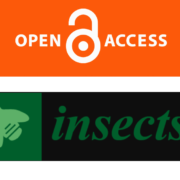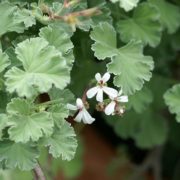Evaluation of olive cultivar effect on the efficiency of the acquisition and transmission of Xylella fastidiosa by Philaenus spumarius
Proceedings of the 3rd Hemipteran-Plant interactions Symposium (HPIS 2017), Madrid, Spain, 4-8 June 2017. doi.org/10.5281/zenodo.804275
Cavalieri V.1, Dongiovanni C.2, Altamura G.1, Tauro D.2, Ciniero A.2, Morelli M.1, Bosco D.3, Saponari M.1
1CNR Istituto per la Protezione Sostenibile delle Piante (IPSP), Italy. 2Centro di Ricerca, Sperimentazione e Formazione in Agricoltura (CRSFA) “Basile Caramia”, Italy. 3 Università degli Studi di Torino, Italy.
Abstract Poster Presentation
The meadow spittlebug Philaenus spumarius (L.) has been identified as vector of Xylella fastidiosa subsp. pauca strain CoDiRO infecting several host plants in Apulia (Southern Italy), and causing a major bacterial disease on olive trees. Evidences of differential olive cultivar susceptibility to the
bacterial infections were obtained from phenotypic characterization and molecular investigations. A higher bacterial population (up to 100 times) was consistently detected in the trees of the most susceptible cultivars (i.e. Ogliarola and Cellina di Nardò, showing severe symptoms), compared to
the trees of the cultivar Leccino showing milder symptoms and erratic distribution of the bacterium within the canopy. In order to determine the epidemiological impact of olive trees harboring low bacterial population, transmission experiments were set under semi-field conditions, by caging Xf-free adults of P. spumarius on branches of field-infected trees of the abovementioned cultivars.
This work has received funding from the European Union’s Horizon 2020 research and innovation program under grant agreement 635646, POnTE (Pest Organisms Threatening Europe).
Published on June, 2017 by HPIS.CSIC









